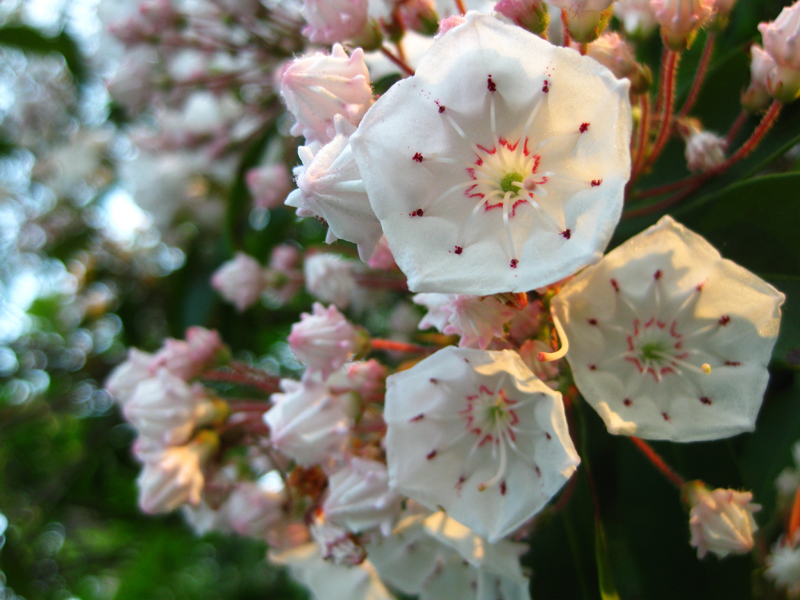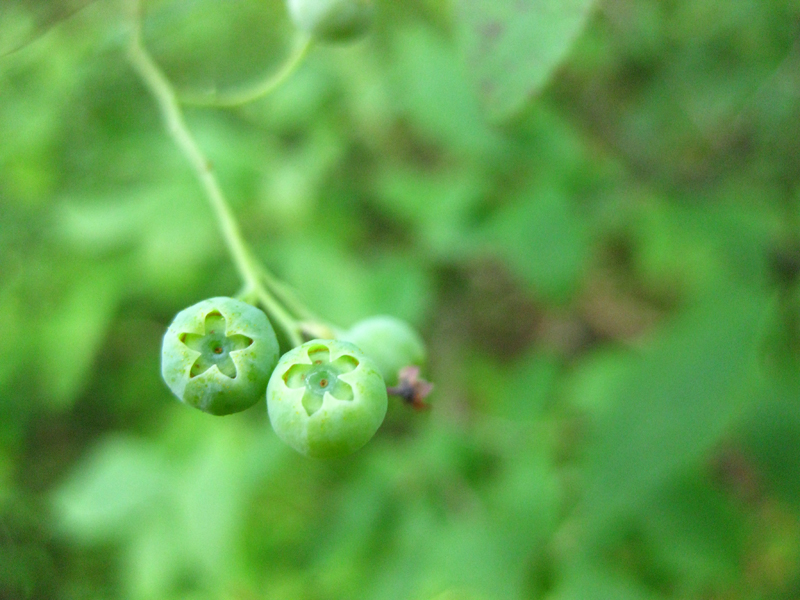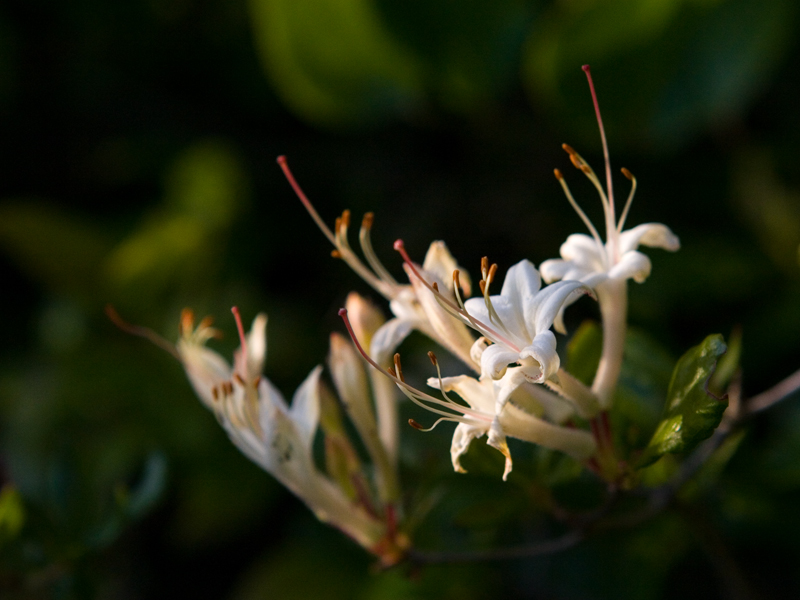 About a year ago, I decided that keeping track of bloom dates, bird arrivals and other natural events would help me grow as an amateur naturalist. “According to my sources and personal records,” wrote a local naturalist celebrity, “this is the best spring for mountain laurel blooms here in the past fifteen years.” I grinned when I read this last May. I had found and identified a stand of blooming mountain laurel for the first time the previous evening. After reading the article, I jotted my laurel observation in a notebook, hoping that recording what I saw, what happened and when, would help me understand how nature marks the passing of a year.
About a year ago, I decided that keeping track of bloom dates, bird arrivals and other natural events would help me grow as an amateur naturalist. “According to my sources and personal records,” wrote a local naturalist celebrity, “this is the best spring for mountain laurel blooms here in the past fifteen years.” I grinned when I read this last May. I had found and identified a stand of blooming mountain laurel for the first time the previous evening. After reading the article, I jotted my laurel observation in a notebook, hoping that recording what I saw, what happened and when, would help me understand how nature marks the passing of a year.
 I’m a recent transplant to eastern Long Island. Where I grew up, in prime Midwestern Suburbia, our avian neighbors were those species— pigeons, house sparrows, robins, cardinals — so well adapted to living in human landscapes that they practically never left. I had no annual natural trigger to remind me that when x happened, I had been listening to common yellowthroat warblers claim territory with their wichety-wichety calls, for example. I dreamed of living in places that would teach me to pin my memories to a map of the seasons.
I’m a recent transplant to eastern Long Island. Where I grew up, in prime Midwestern Suburbia, our avian neighbors were those species— pigeons, house sparrows, robins, cardinals — so well adapted to living in human landscapes that they practically never left. I had no annual natural trigger to remind me that when x happened, I had been listening to common yellowthroat warblers claim territory with their wichety-wichety calls, for example. I dreamed of living in places that would teach me to pin my memories to a map of the seasons.
Some folks know that blooming shadbush in the woods along the Atlantic coast is the annual sign that anadromous fish, such as shad and alewives, are returning from the ocean to their birthplaces in freshwater streams. I admire those naturalist record keepers — like Wendell Berry and John Muir — whose diaries tell the vital natural history of the world around them. They inspire me to want to know and love this place, out of all the places in the world.
Now I live where the alewives spawn, and it turns out to be a little more complicated than I thought. When I returned to the mountain laurel stand this year, the blossoms glowed in the evening’s golden light, just like the first time I saw them. But my jaded, linear little brain asked, “What’s the big deal? You’ve seen this before.” I remonstrated with my brain. Surely there is more to syncing with nature than sheer novelty! But my brain refused to be moved by the papery pastel petals. “Next!”
I wondered if I was doing this whole nature-appreciating thing wrong.
 But just a few weeks ago, I got a little carried away again, taking golden-hour photos of another new-to-me bloom, swamp azalea. The clusters of fuzzy, trumpety flowers perfumed the air with honeysuckle-sweetness just down the trail from where the mountain laurel was wrapping up its show. As I snapped my shots, I snacked on the wild blueberries that I first found on my June strolls through these woods the year before. I resolved to count the blueberries’ never-boring sweetness as a promise that by the time I establish my annual routine, each new year won’t simply recycle history for me.
But just a few weeks ago, I got a little carried away again, taking golden-hour photos of another new-to-me bloom, swamp azalea. The clusters of fuzzy, trumpety flowers perfumed the air with honeysuckle-sweetness just down the trail from where the mountain laurel was wrapping up its show. As I snapped my shots, I snacked on the wild blueberries that I first found on my June strolls through these woods the year before. I resolved to count the blueberries’ never-boring sweetness as a promise that by the time I establish my annual routine, each new year won’t simply recycle history for me.
The idea of seeing everything there is to see, someday shutting off the flow of new discoveries, alarms me a little, especially if I’m as keenly tuned to novelty as it seems. That’s an empty worry, though. Instead, I know I’ll have to teach myself to love this familiarity with the seasons, so that each in its turn will feel like coming home.
________
Erin likes to take long walks that can’t properly be called hikes, because she stops too often to look at bugs and mushrooms and flowers. She isn’t an expert in anything, but hopes to know something about everything someday. She blogs at The Familiar Wilderness. And she took those gorgeous photos herself.
One of the things I want to do on my property is to document the bloom time, etc over the year. I’d love to keep a detailed record to notice over time.